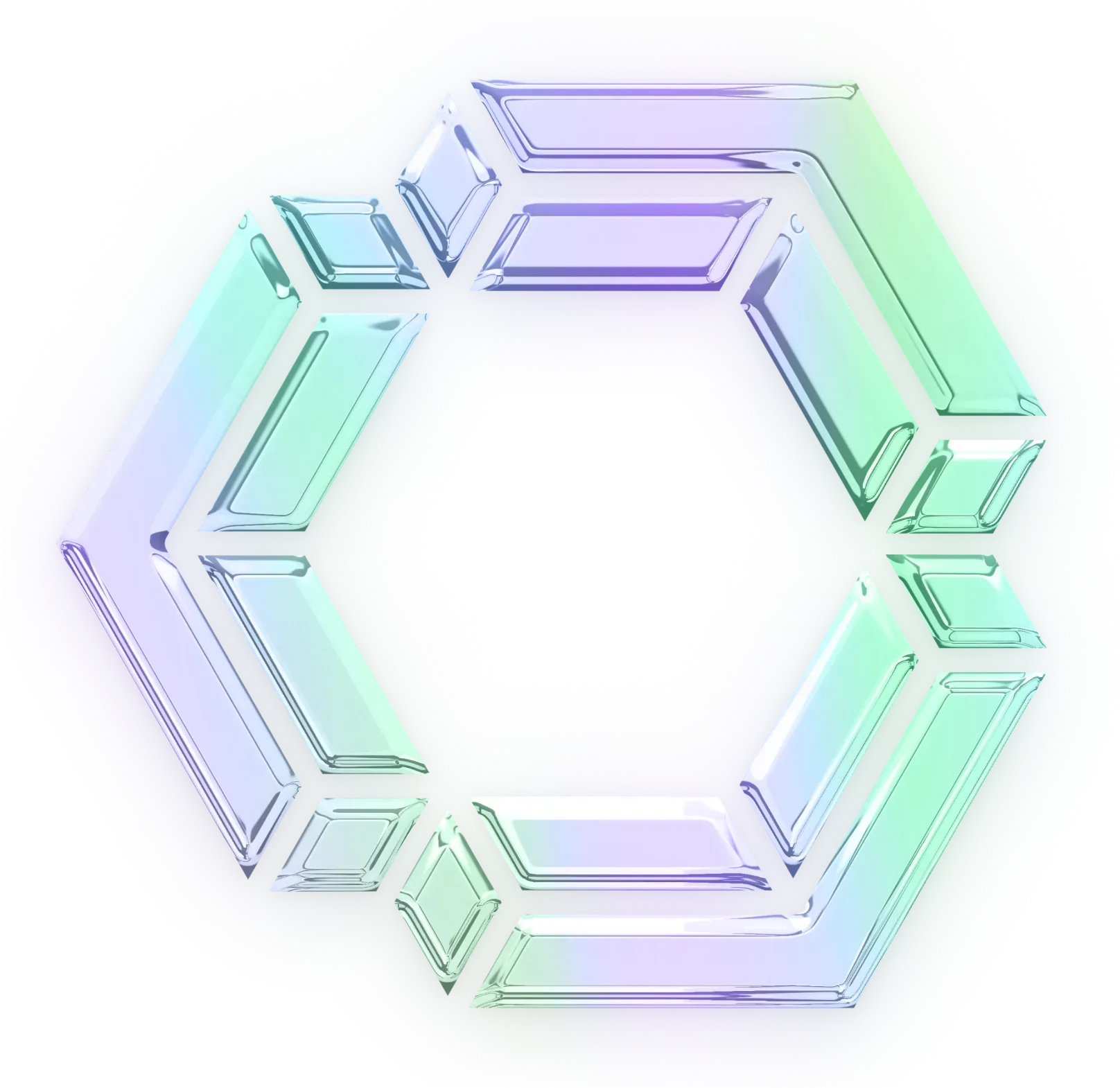The New Rules CLI

The evolution of rules from constraints to amplifiers
The concept of "rules" in software development has undergone a fundamental transformation. What once meant rigid linting configurations now represents a sophisticated approach to customizing AI coding assistants. With 82% of developers using AI assistants daily or weekly, the ability to share and standardize AI behavior through rules has become critical for team productivity.
Understanding the rules ecosystem
The rules ecosystem centers around the amplified.dev philosophy - that developers should be amplified, not automated. At its core, this approach uses markdown files with frontmatter to define how AI assistants should behave:
---
name: TypeScript Best Practices
globs: "**/*.{ts,tsx}"
description: Guidelines for writing idiomatic TypeScript code
---
# TypeScript Best Practices
- Always use TypeScript interfaces to define shape of objects
- Prefer readonly for immutable data structuresThe Continue implementation
Our modular architecture treats rules as one of our core building blocks alongside models and MCP servers.
The awesome-rules repository serves as a community-driven collection of reusable rules, organized into categories like:
- Code Quality & Standards
- Testing Framework Rules
- Language-Specific Guidelines
- Security and Compliance Patterns
Cross-platform compatibility through CLI tools
It is important that way we implement rules is not unique to our platform, which is why we are launching the rules-cli, an NPM package that enables cross-platform rule management:
npm i -g rules-cli
# Download rules to project
rules add starter/nextjs-rules
# Render for different platforms
rules render cursor # Creates .cursor/rules/ structure
rules render continue # Creates .continue/rules/ structure
rules render continue # Creates .continue/rules/ structure
setup the rules-cli
This CLI approach ensures rules work across different AI assistants including Continue, Cursor, GitHub Copilot, and others following the amplified.dev standard.
Thinking beyond coding standards
Modern rule applications extend far beyond traditional linting and stand library look ups:
Developer onboarding acceleration
Teams create rules files that serve as living documentation for new team members, with rules like "before writing any code" creating structured learning paths. Research shows that junior developers see 21-40% productivity gains when using AI assistants, suggesting structured rule-based onboarding can significantly accelerate the learning curve.
Knowledge preservation
Rules capture institutional knowledge through Architecture Decision Records (ADRs), documenting not just what to do but why decisions were made. This prevents knowledge silos and ensures continuity as teams evolve.
Workflow automation
Context-aware rules activate based on file types or project phases, providing relevant guidance without overwhelming developers. Multi-level rule systems (global, project, and context-specific) deliver the right guidance at the right time.
Team collaboration standards
Rules enable asynchronous decision-making across time zones, with documented standards preventing recurring debates during code reviews. Teams report 50% reduction in style-related PR comments through consistent AI-generated code.
Vue Mastery: Rules in educational scaling
Vue Mastery exemplifies how standardized approaches enable knowledge transfer at scale. With 61.5K YouTube subscribers, they demonstrate the power of structured learning.
Lead instructor Ben Hong, a Vue.js Core Team member and self-described "developer/psychologist/educator hybrid," employs a "Learn, Question, Apply" methodology. Their standardized teaching approach includes:
- Clear progression paths from beginner to advanced
- Consistent course structure across all instructors
- Regular content updates maintaining alignment with Vue ecosystem changes
- Structured best practices embedded in every lesson
Students report tangible results: backend developers building production applications in 4 months, multiple testimonials of job placements, and teams becoming "go-to" Vue experts in their organizations. This success stems from treating educational content as a system of rules - consistent, scalable, and reproducible. Which is why I was excited to show Ben what we’ve built and look forward to open source contributors like himself integrating this into his workflow.
"Local-first AI tools are the future. I'm excited to see how Continue is exploring ways to empower developers with open-source solutions that give developers the ability to choose the approach that works best for them" – Ben
Continue the movement
The awesome-rules repository represents more than a collection of markdown files. It's a community building the future of AI-assisted development. By contributing your team's rules to the repository, you're not just sharing configurations; you're helping establish industry standards for how AI should understand and implement code.
Whether you're standardizing team practices, accelerating onboarding, or creating educational content like Vue Mastery, rules provide the structure needed to scale human expertise through AI amplification.
Get involved:
- Explore existing rules at github.com/continuedev/awesome-rules
- Install the rules CLI:
npm i -g rules-cli - Share your team's rules following the contribution guidelines
- Join the 14k+ member Discord community
The future of development isn't about AI replacing developers, it's about rules that help AI understand and amplify what makes your team unique. Start building your rule library today and contribute to a more intelligent, collaborative development ecosystem.

